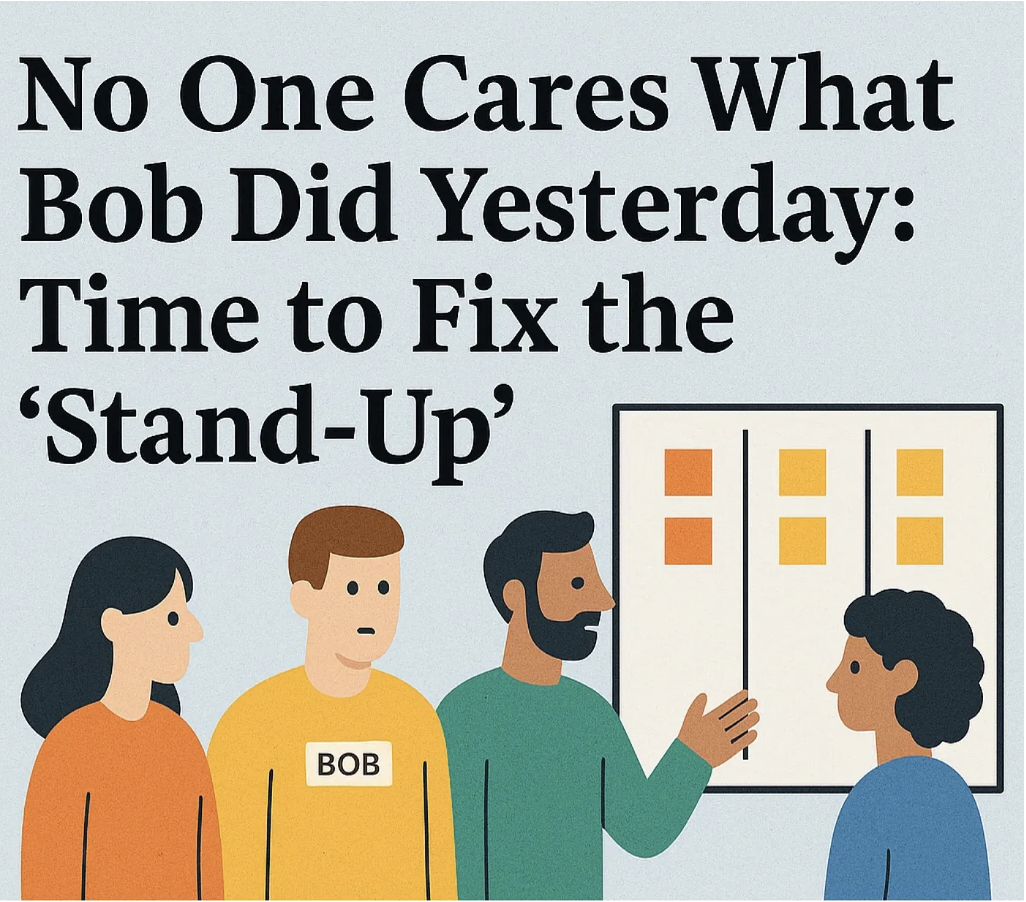Is Kanban the Gentle Path to Agile for Your Team?
Embarking on the path from a traditional project management approach to one that embraces agile philosophies can seem like a daunting endeavour. The prospect of upending well-established processes and routines in favour of something as dynamically different as agile can stir up a sense of resistance, particularly among teams accustomed to a certain way of working. My journey, like many others, began with a mixture of curiosity and caution, leading me to explore the principles of Kanban as a means to bridge the gap.
Kanban appealed to me as it promised a method that was both gentle and gradual, requiring no immediate overhaul of our existing practices. Instead, it offered a way to observe and understand our current workflows, identifying inefficiencies and opportunities for improvement through a data-driven lens. This approach resonated deeply with my philosophy on change management: evolution rather than revolution.
Enjoy this video? Like and subscribe to our channel: https://www.youtube.com/@nakedAgility
The essence of Kanban lies in its observational nature. It does not dictate a new set of practices but rather provides a mirror to reflect on our existing ones. By visualising our work and measuring key metrics such as cycle time and throughput, we gain insights into how our processes truly function. This visibility allows us to pinpoint bottlenecks and inefficiencies, fostering a culture of continuous improvement without the resistance that often accompanies more radical changes.
Implementing Kanban does not require a team to adopt new roles or terminologies overnight. It starts with the simple act of documenting how we currently work, which in itself can be illuminating. From there, we collect data on our workflow, enabling us to make informed decisions about where to focus our improvement efforts. The beauty of Kanban is that it is incremental, allowing teams to adapt at their own pace and according to their unique context.
Key Topics:
- The transition from traditional to agile
- Benefits and challenges of adopting Scrum
- Introduction to Kanban as an agile facilitation tool
- Observing and improving current workflows with Kanban
- The incremental nature of Kanban and continuous improvement
This methodical approach to change has not only made the transition to agile philosophies more palatable for my team but has also demystified the process of continuous improvement. By focusing on what can be measured and observed, we have been able to make significant strides in our efficiency and productivity, all while maintaining a sense of stability and familiarity in our day-to-day work.
How has the introduction of Kanban influenced your team's journey towards embracing agile philosophies? Comment below!
If you want some help please contact me through Martin Hinshelwood



